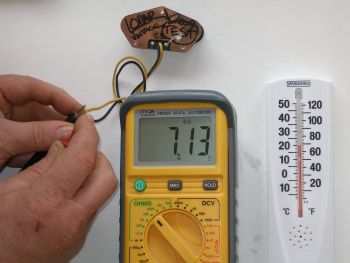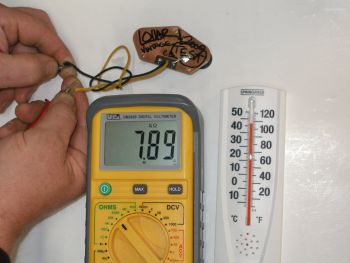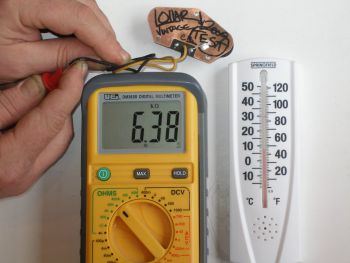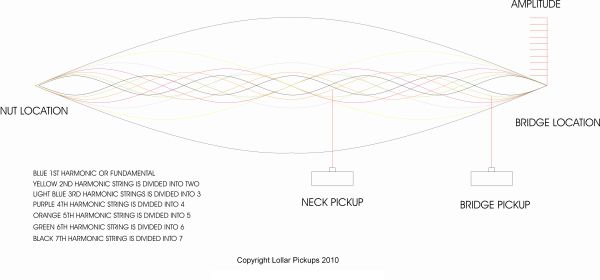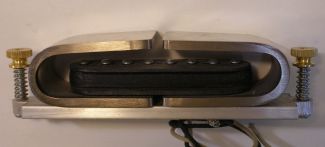Customers frequently ask us what our best-selling stock Lollar pickups are. In fact, this is one of our most frequently asked questions. Usually something to the effect of, “So what seems to be the most popular?” And, “What do most players order?”
So we thought it made sense to share that with you. For the next few blog postings we will talk a little about some of our top selling pickups. We will start with the Lollar Strat-style pickups.
The Lollar Sixty-Four (formerly called Vintage Blackface®) pickups for Strat are our most popular stock Strat pickup. Many players find the Sixty-Four set to be one of our most versatile. Clear and articulate when played clean, while at the same time offering a warmth and punchiness that make the Lollar Sixty-Four set a favorite.
Another top selling Lollar stock Strat set is a combination set we refer to as our “Special Blonde” set. The Lollar Special Blonde Strat set is a mixture of Lollar Vintage Blonde® Strat pickups in the neck and the middle positions, and the Lollar Special S Series® strat pickup in the bridge position. This combination gives many players the “best of both worlds.” The Lollar Vintage Blonde® neck and middle offer a bit more sparkle, chime, and top end bloom. At the same time, the slightly higher output Lollar Special S Series® bridge is just a bit darker and rounder than our other Strat style bridges. In most cases this helps lessen that typical Strat “ice pick” bridge sound.
The Lollar Special Blonde Strat set is interesting for yet another reason: Nash Guitars. Basically, if you wanted to order what you hear in a Nash Strat, you would want to order a Lollar Special Blonde Strat set. For more detail on the Nash Strat set, take a look at this previous Lollar Blog posting about Lollar pickups and Nash guitars.
One last point to make about best-selling Lollar Strat pickups: flat pole versus staggered pole pieces. When customers ask for our recommendation we strongly recommend flat pole pieces. For more detail on why we recommend the flat poles, follow this link to read an article about flat-pole versus staggered-pole pickups. Generally speaking, about 10% of the Strats we sell are staggered pole sets. In other words, about 90% of the time our customers prefer flat pole Strat pickups. Next week we’ll talk about best selling Lollar Tele style pickups.
